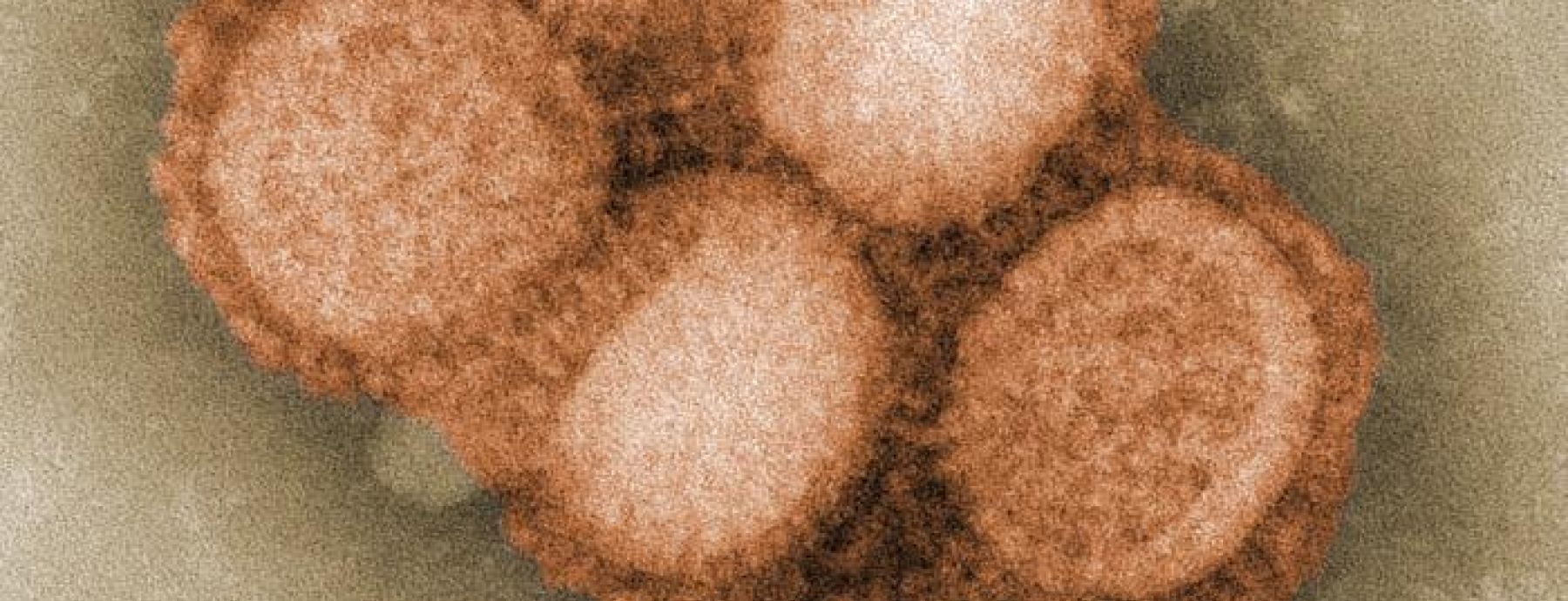H1N1/09 pandemic influenza is a public health threat, yet little is known about spatial dynamics of how this virus moves through human populations. To address this, a group of researchers led by CIDD Professor Eddie Holmes of the Penn State Department of Biology collected H1N1/09 virus isolates from students at the University of California San Diego campus between October 12 to November 12, 2009. They then sequenced the entire H1N1 viral genome from students reporting to the health center with influenza-like illnesses and collected data about the individual's social network and residence to investigate the role that geographic networks have on H1N1 transmission dynamics.
Phylogenetic analyses of 1,867 sequenced viral genomes showed that the sequenced genomes isolated from individuals on the UCSD campus were introduced from source populations circulating in the United States and California independently into the university community at least 24 times. The phylogenetic analyses also revealed that the UCSD virus isolates formed 7 clades. Isolates from these clades were not spatially constrained and did not cluster by geographic proximity, measured by whether one lives on or off campus, in the same ZIP code, or on the East or West side of campus. These results suggest that many independent introductions of H1N1 into the university community from the wider San Diego area are a dominant force driving on-campus H1N1 transmission compared to within-university virus passage and direct transmission. Therefore, current campus H1N1 control measures, such as class cancellations, population-based chemoprophylaxis, and campus and dormitory quarantines are going to have small impacts on transmission rates when there is a continually high rate of community-introduced infections. a better mechanistic understanding of H1N1 transmission dynamics will help in the development of public health measures to more effectively contain disease spread.
Synopsis written by Lori Shapiro.
Written By: Holmes EC, Ghedin E, Halpin RA, Stockwell TB, Zhang XQ, Fleming R, Davey R, Benson CA, Mehta S, Taplitz R, Liu YT, Brouwer KC, Wentworth DE, Lin X, Insight Flu002 Study Group, & Schooley RT
Paper Url: http://jvi.asm.org/cgi/content/short/JVI.00438-11v1
Journal: 85: 6923-6929
Journal Reference: 85: 6923-6929
Paper Id: doi:10.1128/JVI.00438-11
